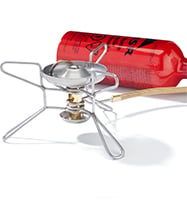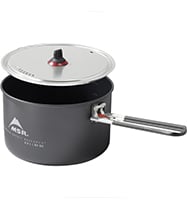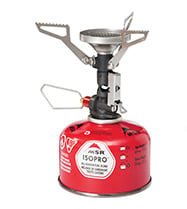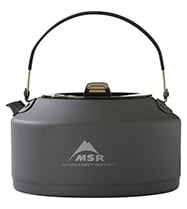8 Tips for Cold-Weather Camping in the Fall
The colder temperatures of fall bring spectacular colors to the backcountry and relief from the ever-present mosquitoes of summer. Depending on where you live, fall may offer a reprieve from the heat or extra-frigid nights in the alpine. With these changes, we need to consider our approach to gear. We put together a few pro tips for cold-weather camping in the fall to help you better tackle your shoulder-season adventures.
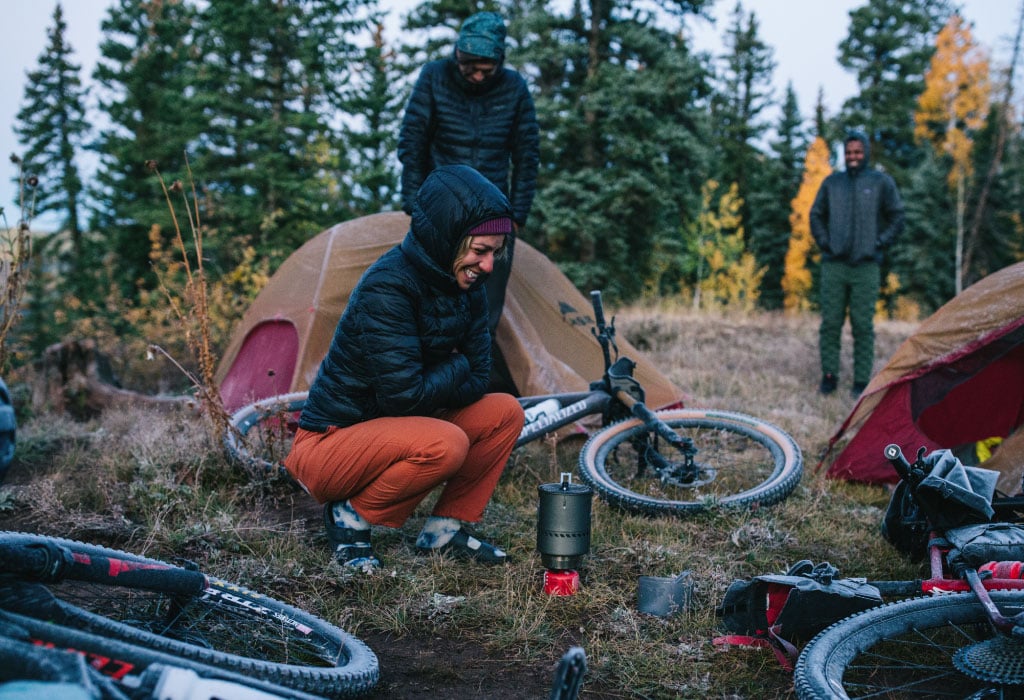
1. Choose a stove for wind and cold
Fall’s fickle weather can introduce stronger winds and colder temps—two elements that cause traditional canister stoves to sputter. In wind, some stoves can struggle to maintain a flame. In the cold, their output decreases because cold air reduces the pressure in their canister. To ensure your stove runs strong, choose one that features a windproof design, an integrated pressure regulator, or allows you to run the canister inverted in “liquid-feed mode.”
Canister stoves with these technologies, like the Reactor®, and WindBurner® Stove Systems, operate far better in challenging conditions. However, liquid fuel stoves remain the gold standard for cold-weather cooking because they deliver consistent heat output regardless of even the most extreme conditions. This makes them a reliable choice for those cold October mornings when you find yourself waking up to the season’s first snowfall.
2. Vent your tent
Condensation inside your tent becomes more of an issue as nighttime temperatures drop. Creating airflow in your tent is the best way to reduce this natural phenomenon that occurs while you sleep. A double-wall tent, which features a rainfly and a tent body (two walls), is easier to vent than a single-wall tent in which the canopy of the tent is also the rainfly (a single wall).
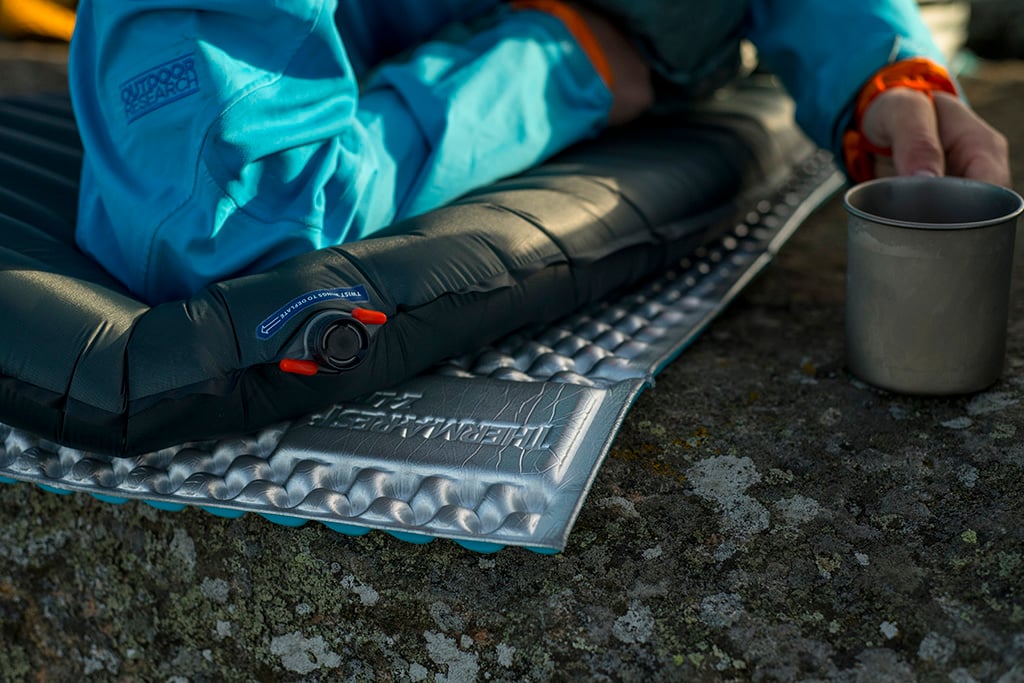
3. Layer up ultralight mattresses, sleeping bags and quilts
Lugging around an overbuilt sleeping bag and an extra-thick mattress isn’t practical when you’re backpacking. But if you’re cold at night, you won’t sleep well. Fortunately, you can often achieve adequate warmth if you get smart with layering. Consider doubling up on mattresses by using a foam mattress under an air mattress. Choose mattresses that feature a heat-reflecting layer. Together, the two sleeping pads will better insulate you from the ground.
While your summer sleeping bag may not be enough on its own, tossing an ultralight quilt on top can do the trick. This combination may still be lighter than a heavy zero-degree bag. Also, it’s important to choose a bag that fits you well without excess interior space. The larger the bag, the harder it will be to warm up.
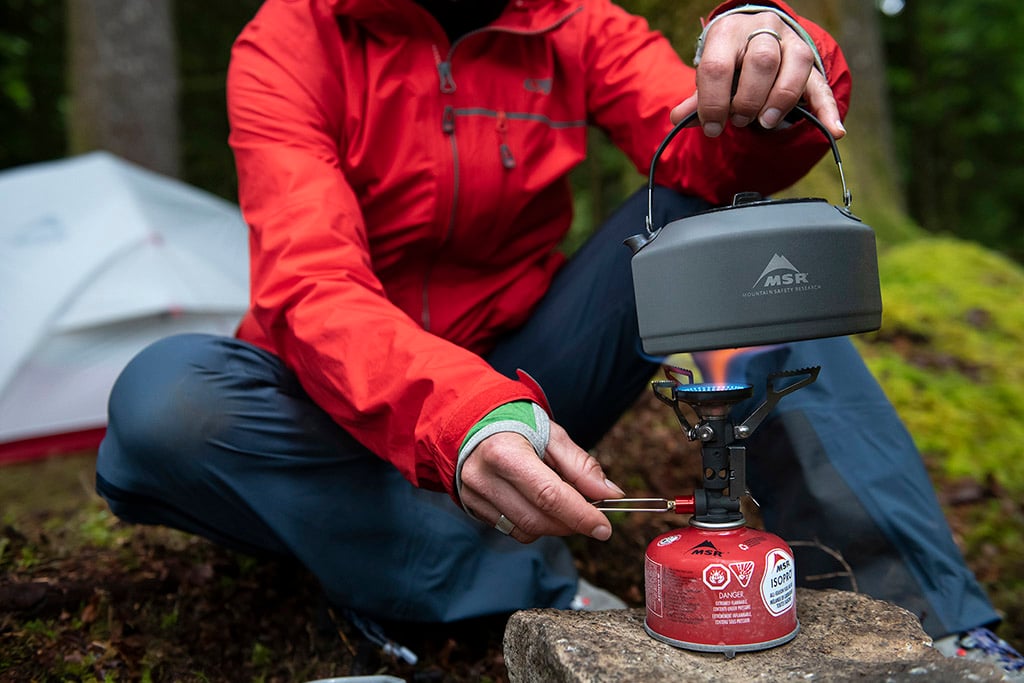
4. Keep your canisters warm
Canister stoves rely on the pressure inside their fuel canisters in order to run. But cold air causes that pressure to drop. Therefore, the easiest way to keep your stove running strong is to keep your canisters warm.
One way is to store your canister in your sleeping bag overnight. Another good trick is to warm up at least two canisters so that as one canister starts to chill and fade during use, you can swap it for a warm one and keep on cooking.
Finally, you can warm up a bowl of water and place the extra canister in it while you’re cooking. The liquid water will ensure that the canister temp stays above freezing, helping to keep your stove cranking.
5. Don’t let your water filter freeze
When nighttime temps plummet, it’s important to keep your water filter from freezing. Some filters are susceptible to damage if they freeze when saturated with water. Place your water filter in a dry sack at the foot of your sleeping back to keep it warm through the night, ensuring you have safe water for the rest of your trip.
6. Feed your internal furnace
Calories equal warmth. So snacking often and eating hearty meals provides your body with the fuel it needs to generate heat. High-fat and high-protein foods burn slower than high-carb meals and keep you sustained longer throughout the night.
Drinking plenty of water is also key to staying warm—dehydration taxes your body and leads to fatigue, which makes you cold. Additionally, if you sweat during the day’s activity, ensure you replenish those electrolytes afterward. Related note: Make sure to void your bladder before getting into your sleeping bag for the night. It takes a surprising amount of energy to keep the liquid in your bladder warm.
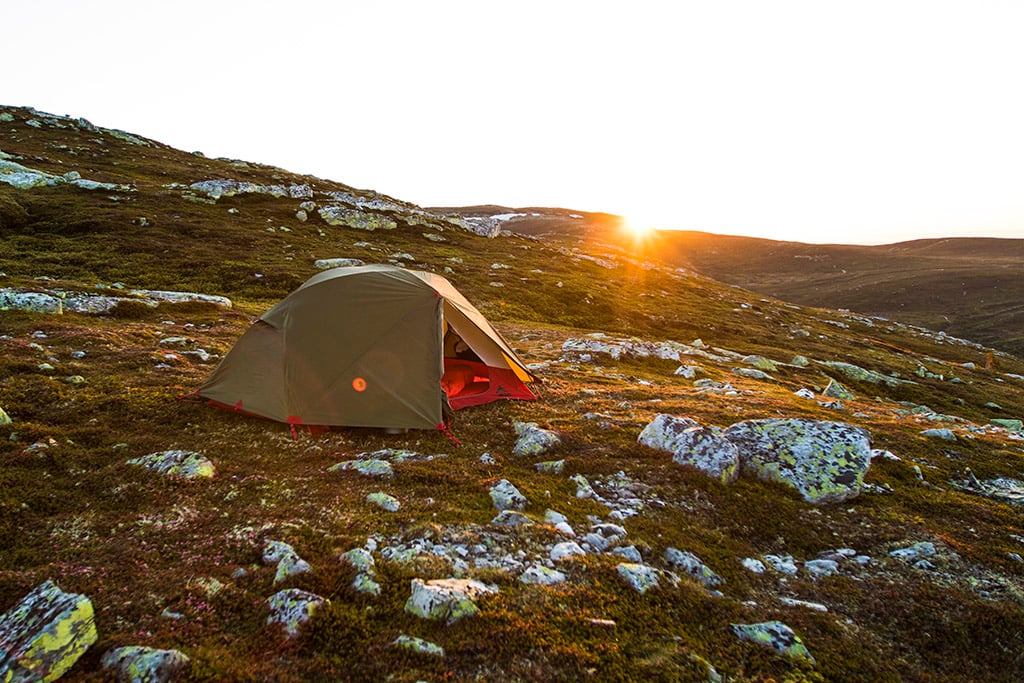
7. Position your tent for early morning sun
Nothing is more encouraging after a cold night than warm sun hitting your tent in the morning. As you pitch your tent, pay attention to where the sun rises and try to position your shelter to catch those early rays.
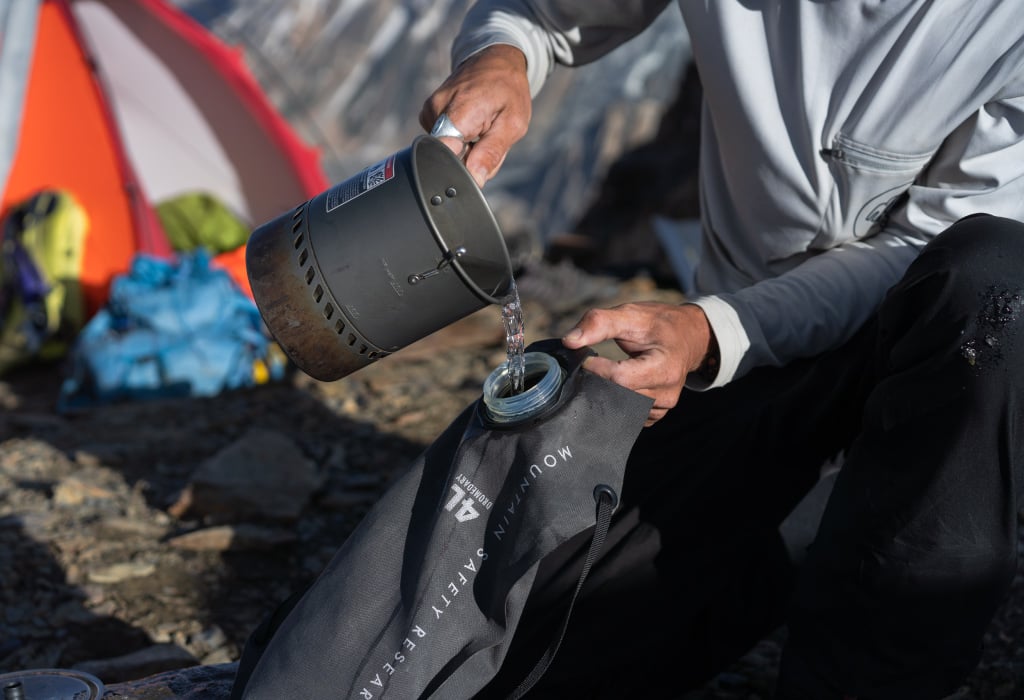
8. Stay warm with these tips
It’s easier to tackle the day’s adventures when you’re not constantly shivering. Here are a few tips for staying warm when the days are shorter and the nights colder:
Stay Dry
Dressing in wool or synthetic layers—including base layers, mid-layers, puffies and shells—provides the flexibility to add and subtract layers as you need them. Doing so helps to prevent you from sweating during the day, which is important for staying warm. If you do sweat, swap out your base top layer once the uphill sections are done; you’ll be surprised how immediately good it feels. And finally, always go to bed in dry layers. Yes, you can dry out a few things with your body heat on short trips, but it’s a loosing game in the long run if your sleeping bag begins to get wet.
Hot Bottle in Your Sleeping Bag
Fill a (plastic) bottle with hot water, secure the lid tightly, and place it in your sleeping bag. Use it as a toe warmer, or place it in your core region, where it’ll heat the blood that travels throughout your body. Just be careful not to burn yourself.
Hand Warmers
We think a little technology goes a long way. While you can’t bring a space heater, you can bring compact solutions like hand warmers, and heated gloves and boots, which offer a welcome oasis for your digits.
Keep Your Shoes Warm
Sliding your feet into frozen shoes is no fun. Sleep with your shoes either in your tent or, if it’s really cold, under or in the footbox of your sleeping bag. Use an unsealed, ultralight dry bag to contain the dirt and allow some drying if needed.
Get Moving!
Cold mornings are hard. If you under-packed and just can’t stay warm outside of your sleeping bag, eat, break camp fast and get rolling. Activity will warm you and that sweet afternoon sun is on it’s way…right?!
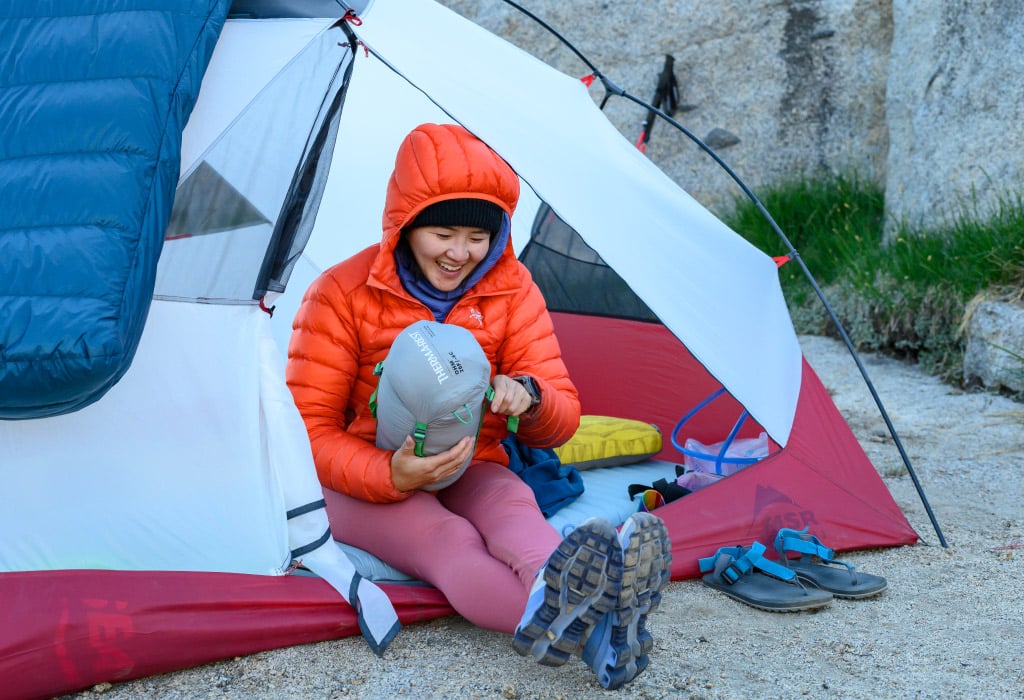
Related Posts:
- Your Pre-Season Backpacking Gear Checklist
- Best Weather Apps for Backpackers and Campers
- 3-Season vs. 4-Season Tent: Which is Right for You?
Updated. Originally Published September 30, 2021.

